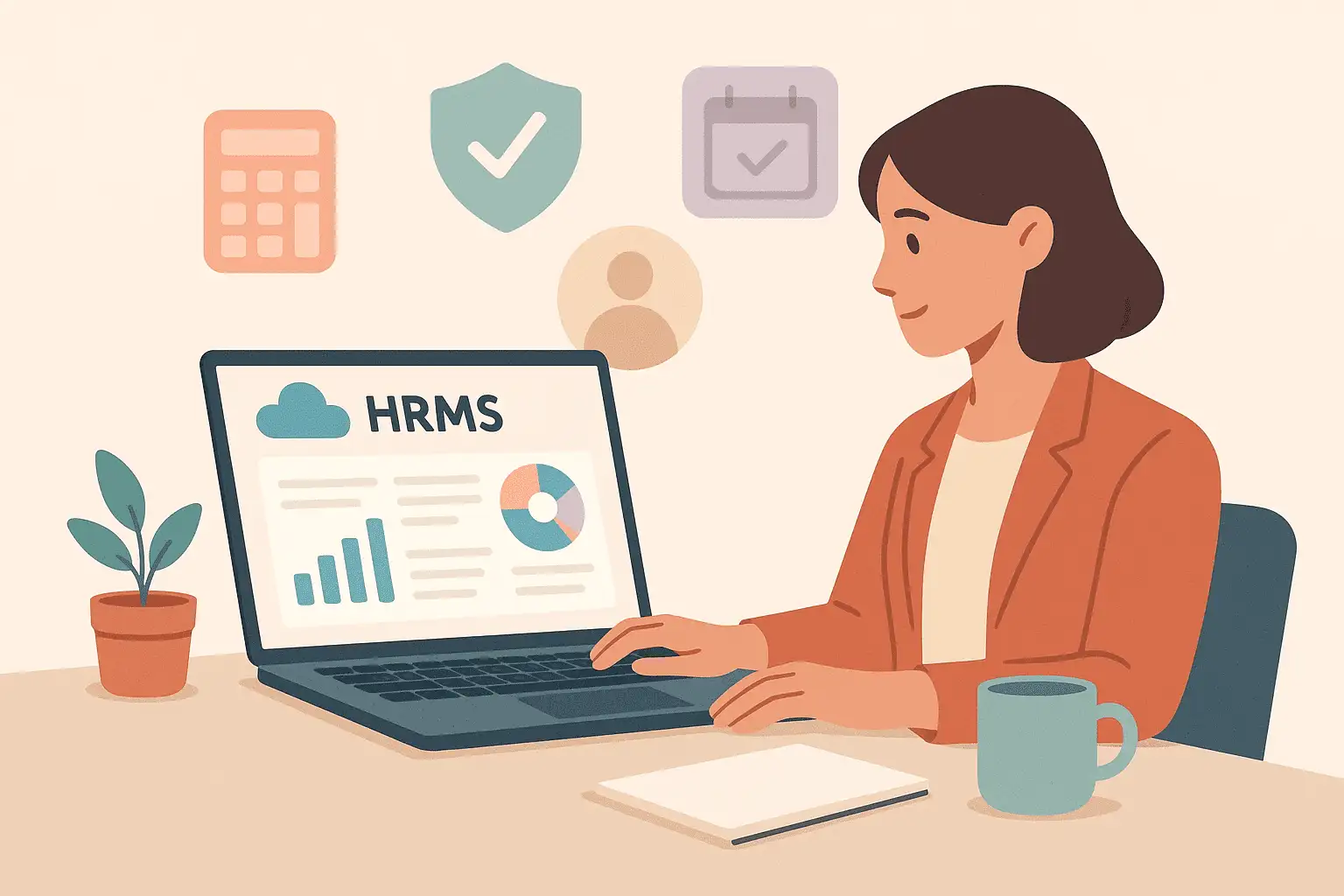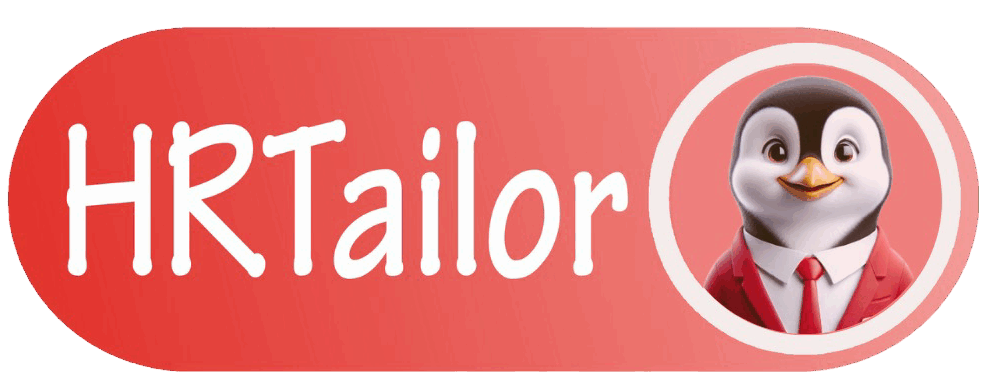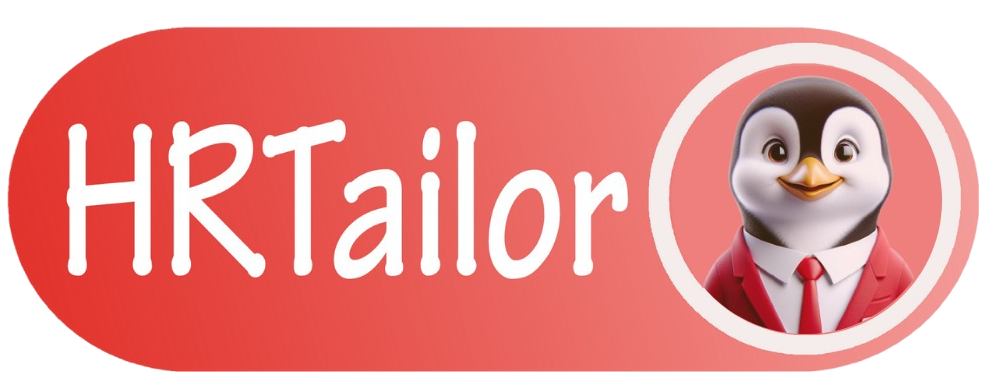
India’s Best Payroll & HRMS Software: Features That Truly Matter
In today’s fast-moving business landscape, having the right HR and payroll tools is not just convenient—it’s critical. Indian businesses, whether startups or established enterprises, are increasingly shifting to cloud-based solutions that simplify HR operations, ensure compliance, and enhance employee experience.
But with so many platforms claiming to be the best, how do you decide what actually matters? Let’s break down the features that define the Best Payroll & HRMS Software in India today.
1. Seamless Payroll Processing with Payroll & HRMS Software
Accuracy is everything in payroll. A top-tier system should handle salary calculations, tax deductions, PF/ESI, professional tax, bonuses, and reimbursements—automatically.
Moreover, it must stay updated with Indian statutory laws so that your business doesn’t miss a beat when rules change. Seamless generation of salary slips, TDS reports, and Form 16 should be built in—not added later.
2. Integrated Statutory Compliance
Indian businesses must comply with complex laws—from the Shops and Establishments Act to EPF, ESI, and the Payment of Wages Act. That’s why the best Payroll & HRMS software integrates statutory compliance directly into workflows. From automated PF calculations to generating challans and digital filing of returns, compliance should be a feature—not a headache.
3. Cloud-Based Leave & Attendance Management
An effective platform offers more than just a leave calendar. Look for systems with:
Geo-tagged attendance tracking
Custom shift scheduling
Leave accrual automation
Real-time visibility for HR teams
These capabilities become especially important in hybrid and distributed work environments.
4. Employee Self-Service Portals
A modern system empowers employees to do more—without always relying on HR.
Self-service portals should allow team members to:
View payslips and tax statements
Apply for leave or attendance regularization
Update personal details
Track performance or request letters
This shift not only saves HR time but also builds transparency and accountability across the organization.
5. Simple, Smart Dashboards
A cluttered HRMS slows everyone down. The best systems offer intuitive dashboards with actionable insights—like upcoming compliance deadlines, absenteeism trends, or salary variance reports.
Ideally, these tools give HR professionals and founders a quick snapshot of workforce health without having to dig through spreadsheets.
6. Customizable to Indian Business Needs
Every company in India has its own unique policies—from leave structures to salary components to shift rules. Great software adapts to your business, not the other way around.
Ensure your HRMS allows customization in:
Salary templates
Policy workflows
Multi-location configurations
Department-specific rules
Flexibility is what makes the software truly work for you.
7. Secure, Scalable, and Reliable
Finally, the best platforms are secure and future-ready. Your payroll and employee data should be protected with role-based access, data encryption, and regular backups. Plus, the system should scale as you grow—without extra complexity.
So, What Sets a Payroll & HRMS Software Apart?
It’s not just about ticking boxes. It’s about how smoothly everything works together—from payroll to leave, from onboarding to audits. Some platforms try to do everything, but only a few make it feel effortless.
Take HRTailor, for example. We focus on the features Indian companies need most—smart payroll tools, attendance tracking, and real-time HR visibility—without bloating your process. The result? A simpler, scalable way to manage people, payroll, and policies—without overcomplicating your day.

